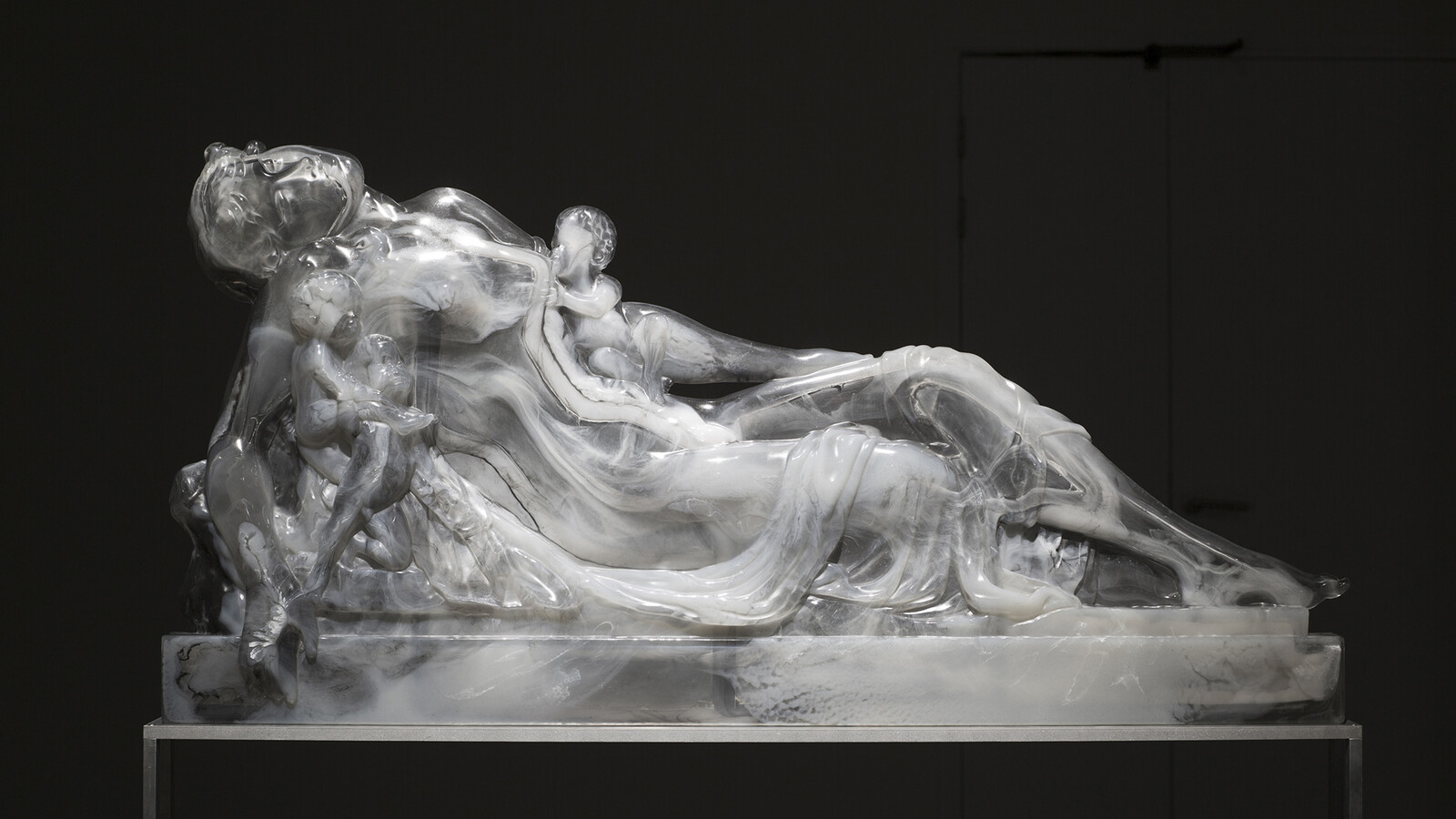Looted - Displaced - Salvaged
April 27–September 1, 2024
Lauffener Marktstraße 21
4820 Lauffen
Austria
The Lentos Kunstmuseum is pleased to announce the opening of the exhibition The Life of Things. Looted - Displaced - Salvaged in Lauffen/Bad Ischl, a cooperation on the occasion of the European Capital of Culture Bad Ischl Salzkammergut 2024:
This exhibition explores the fate of artworks and artefacts between looting, displacement and restitution through contemporary artistic responses. The range of works on show tackle colonial looting and the sometimes questionable activities of collectors, address the state-planned theft of art and expropriations (“Aryanisations”) under the Third Reich, and examine cultural genocide through the displacement and destruction of cultural heritage.
The town of Lauffen was deliberately chosen as the location for this exhibition—between November 1944 and the end of the war, collections from museums in Vienna were stored in the tunnels of the local salt mine in order to protect them from bombing.
Systematic art theft is a phenomenon that has been known since antiquity. It was a strategy that not only involved the transfer of valuable articles, but was also used as a way to legitimise cultural dominance. The artefact was torn from its context and turned into a trophy—the visible confirmation of subjugation. Often it is only the most spectacular cases that catch the attention of the public, such as those with a high monetary value. However, this exhibition consciously focuses on the immaterial value of objects: on the memories and (hi)stories that have been inscribed in them; on the dignity of the item that has been robbed of its community of meaning and degraded to a decorative object or status symbol; and on the societies that have lost the very objects that helped to shape their identity.
As creators of works, artists have an essential connection to objects and their contexts of meaning, and so are sensitised to their (mis)relations. In this respect the “right of things” is an essential element of their artistic practice, and they can take on the role of advocate for those items that have been stripped of their original function and have become “dead” objects in their reduction to artistic value. By doing so, artists can also provide the spark for new strategies on how museums and collections can deal with this burdened legacy and live up to their responsibility between restitution and the preservation of humanity’s cultural heritage.
Artists Said Baalbaki, Maeve Brennan, Hera Büyüktaşçıyan, CATPC / Renzo Martens, Ines Doujak, Assaf Hinden, Moussa Kone, Oliver Laric, Nii Kwate Owoo, Markus Proschek, Michael Rakowitz, Anja Ronacher, Dierk Schmidt, Philip Topolovac
Curators Markus Proschek and Hemma Schmutz
Exhibition Design Klemens Breitfuss and Julian Brües
Cooperation European Capital of Culture Bad Ischl Salzkammergut 2024, with the support of the Cultural Heritage Project by Peter Löw.
For the exhibition a publication will be released by Verlag der Provinz, featuring texts in German and English by Christian Höller, Sarah Jonas, Markus Proschek and Hemma Schmutz, accompanied by a foreword by Elisabeth Schweeger. 120 pages, 15 EUR. Availabe online from Shop / Museen der Stadt Linz.







